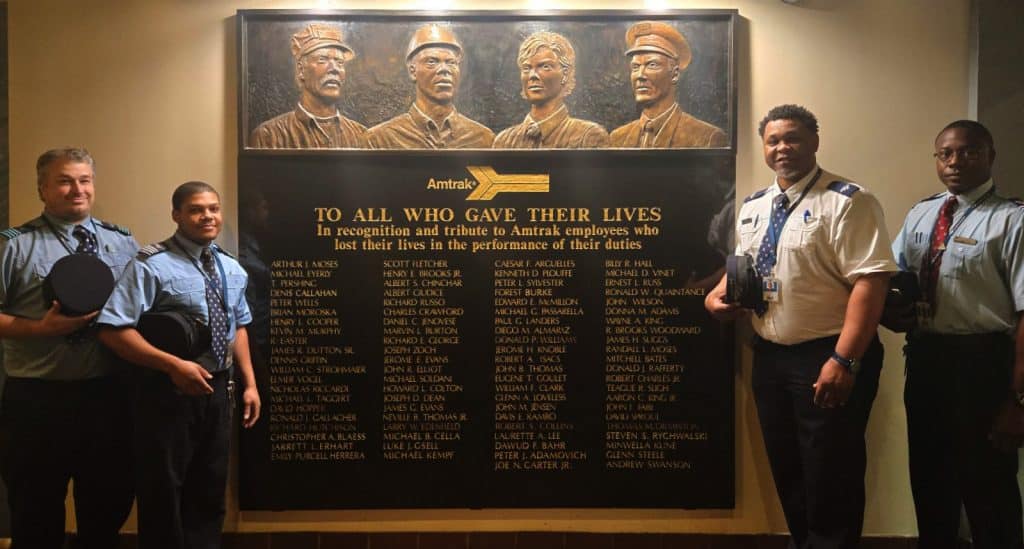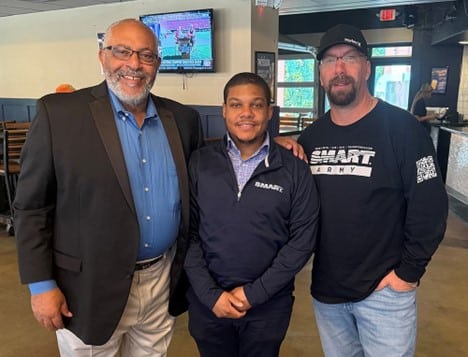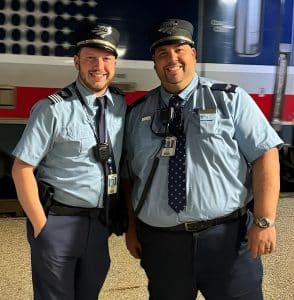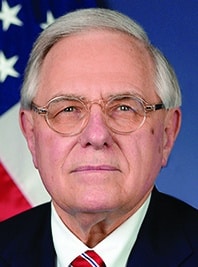Every day, thousands of passengers and railroad employees pass through Union Station in Washington, DC, navigating the bustling halls and platforms without a second thought for a quiet, solemn space that resides within.
In a corner of the historic station, a memorial stands to remember the Amtrak employees who lost their lives while working to keep people moving.
SMART-TD Virginia/District of Columbia Vice Chairperson for Passenger Rail Service Jarad Jackson recently shared a photograph of the memorial, shedding light on this often-overlooked monument.

“This memorial is more than just a tribute,” Jackson said. “For me, and for every railroader who takes a moment to reflect on it, it’s a powerful reminder of what we’re fighting for. It’s a symbol of the risks our members face and our commitment to improving safety and working conditions. My goal is to ensure that we never have to add another name to this monument, that no more of our union family members will be killed while on duty.”
The memorial is being updated to include the names of those who have lost their lives since 2018. Brother Jackson is engaging with Amtrak to ensure this important update is made, so the memorial can accurately acknowledge every individual who has sacrificed so much.
By taking a moment to visit and pay respects, we honor their memory and reaffirm our commitment to the safety and well-being of all those who work on the railroads. Let it be a reminder of the shared mission and values of the entire SMART-TD community; no matter what working conditions we find ourselves in, we must work safely to benefit our families and our brothers and sisters on our crew.
Brother Matt Tolliver (Local 1601, Appalachia, Va.) originally brought this memorial to SMART-TD’s attention. In addition to serving Local 1601 as secretary and treasurer, Brother Tolliver also serves his brothers and sisters in a leadership role with the UTUIA, providing members with insurance policies that protect them and their families from the unique dangers in the transportation industry.



